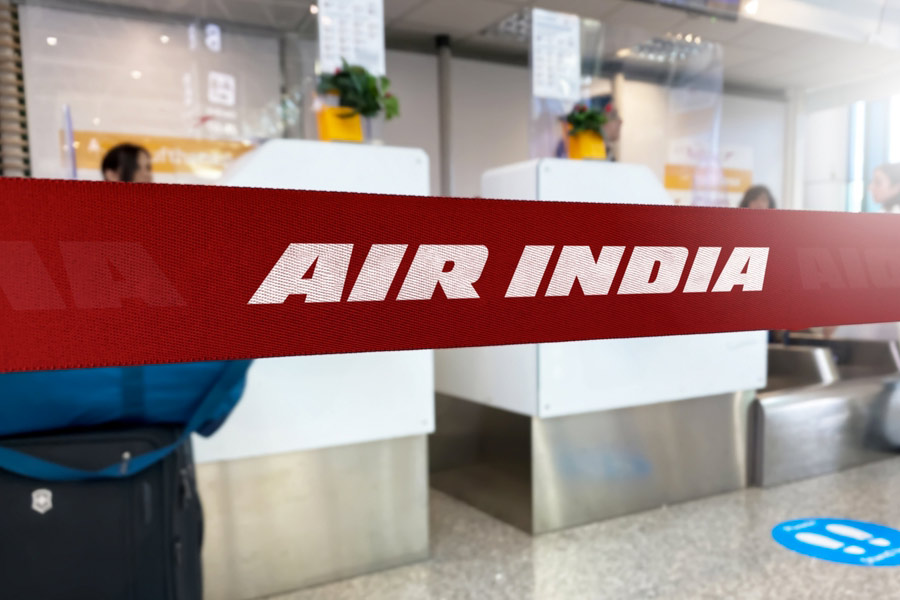 |
A job interview has sometimes been likened to a game. The interviewer knows who you are and what you are. His job is to find out what you think. From the other side of the table — assuming you get to a one-to-one stage — you too know what he wants. Your best effort should be to let him win the game while giving the impression that he only just about managed to do so, that you are intelligent, only he is that tiny bit better.
Let’s forget about the people who are not bright enough and clearly should not have got to the interview stage. Given a choice, you wouldn’t want to join a company with such inefficient systems anyway.
The debatable course is when you are far more intelligent than that twit from the HR department. (It happens quite often; the HR department has long been the last refuge of lazy payroll clerks.) Do you take the guy head-on and lose your chances of bagging the job; at that level, he is the decider? Or do you let him feel superior — massage his ego. You will be senior to him in the organisation in a short while?
There are no obvious answers. There are no obvious answers also to the sort of questions they sometimes ask. In fact, there are no correct answers or those you can work out in the limited time. Companies like Microsoft and, later, Google and other techie establishments have created a mystique around their job interviews and the questions they ask. Some of the oddballs are:
How many golf balls can fit in a school bus?
How many piano tuners are there in the entire world?
How much should you charge to wash all the windows in Seattle?
How many times a day does a clock’s hands overlap?
How much does a 747 weigh?
Take the golf ball question, long touted by Microsofties as an example of their superior intelligence. They say it’s a Bill Gates favourite; Gates is known to be a fan of puzzles. But this could have any answer; it depends on the bus. The recommended solution is apparently to find the volume of the bus and divide it by one inch cubed (the space a golf ball needs). We have a better solution: calculate the surface area of Bill Gates’s swimming pool. Drive the bus into it. See how much the water level rises. That multiplied by the surface area (measured in square inches) will give you the answer. It actually works. Whether it works for Bill Gates is another matter.
In India, one of the first things you are asked by your seniors at IIT is: how do you get four elephants into a car? The answer: two in the front and two in the back. It has always been regarded as a joke. But Wikipedia lists a variant — how do you get an elephant into a refrigerator? — as a smart interview question. The answer: “Open the door and tell it to go in.”
Does it make the company extra smart? Does it get them the cream of the cream? Stick to Wikipedia for a view: “the Microsoft interview is a job interview technique used by Microsoft to assess possible future Microsoft employees. It is significant because Microsoft’s model was pioneering, and later picked up and developed by other companies including Amazon, Facebook, and Google. The Microsoft Interview is intended to seek out creative thinkers.”
We have a question for the company: How many elephants can you get into a Microsoft office suite?
Answers:
1 Eight; they have 8 Windows now.
2 None; elephants are scared of bugs.
3 None; there is too much bloatware around already.











